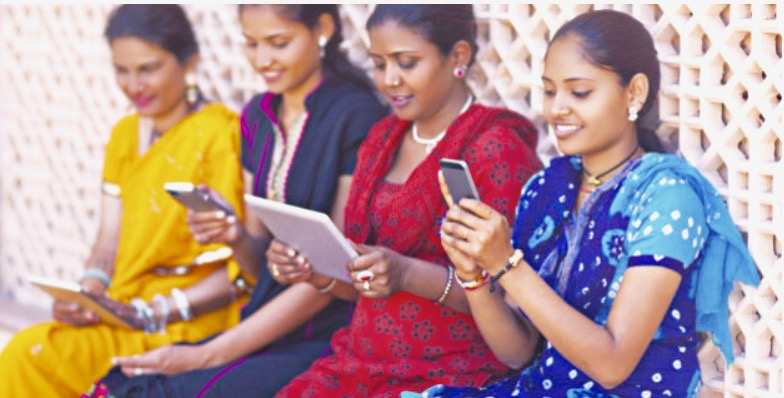YOUSEF AL HOMAIDHI WRITES – There is no place like India. The digital revolution, technological advancement and deep internet penetration are major factors in e-commerce emerging as the fastest medium for buying goods and services. Positioned as the seventh largest economy in the world and second most populated country, Indian consumers’ changing behavior and spending patterns provide the most ideal conditions for a booming e-commerce market.
The last decade has seen gigantic growth in the adoption of smart high-end phones, along with increased availability of cheap data in India—creating ideal conditions for a booming consumer market. Though the e-commerce market in India is estimated to be only 10% of its total retail sector, e-commerce creates immense opportunities for retailers and manufacturers to reach customers through e-retailing. The emerging e-commerce market in India can be attributed to urbanization patterns, rising affluence of income groups, and changing familial structures.
It is estimated that by 2025, the low income groups will fall to 6% from 11% in 2016 and elite groups would rise to 20% from 12%. Urbanization is also expected to increase, so less of the Indian population will live in rural areas by 2025. The change in familial dynamics is also expected to impact the growth of e-commerce.
The leading players in the e-commerce scenario right now are Amazon, Flipkart, e-Bay, Jabong, Myntra, and many more. Most of these are FMCG and white-goods sellers that are capitalizing by offering heavy discounts to consumers. However, some other specialty sites selling only furniture, medicines, travel, banking, and insurance are also emerging—but they are still in stages of infancy and struggling to make an impact in an already highly competitive market. The specialty e-commerce sites are restricted to metros and Tier 1 cities only.
Indian e-commerce is unique from the rest of the world in terms of categorized spending. There are high volume categories which consist of items like mobiles and their accessories, food and beverages, entertainment, and personal care products. Next comes the medium frequency items like clothing, furniture, and home décor and tourism products. The last category is low frequency items such as consumer durables and insurance. E-commerce business in India is fueled by the penetration of internet services. The metro cities and the Tier 1 cities in India spend far more on e-commerce than their counterpart cities. However, the e-commerce websites are very enthusiastic about the rural Indian population, which is likely to match and grow at the same rate as that of urban counterparts by 2020. The digital surge in India will influence the online spending far more than expected by 2025. Per the study conducted by Boston Consulting Group, with the current growth rate of e-commerce business in India and urbanization, income distribution and social structure, the value of e-retail business in India could be around $130– 150 billion by 2025.
India is a complex market in terms of consumer behavior and spending. It is never linear. The companies will have to remain focused and innovative when offering their products and services to the customers through agility and greater transparency. The e-commerce companies will have to try out methods that help them gain an upper-hand against their competition. Indian consumer spending is very elastic, as well as sensitive. The companies that are able to capitalize on their consumers’ respect are likely do well in the future.

